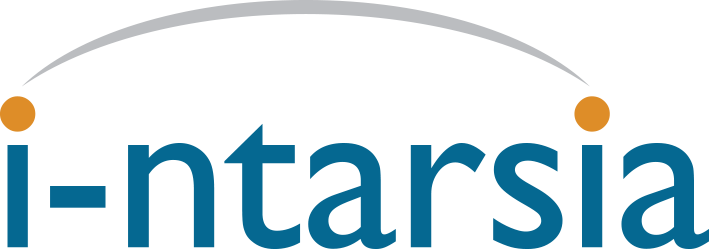There are very detailed arguments about the pros and cons of Open Source and Proprietary systems. These can be summarised as follows:
|
Open Source |
Proprietary |
||
|
ok Pros |
ok Pros |
||
|
|
||
|
remove Cons |
remove Cons |
||
|
|
As a Web Project Owner you need to be able to deliver stunning, innovative websites and services. The open source community is great at exploring new ways to do things and tapping into trends as they emerge. However, your relationship with your customers can become strained if that innovation is delivered with a decrease in stability and/or security.
Your reputation comes from your ability to design great websites and services, but also from your ability to keep them running and delivering value to your customers. Traditionally, that has left you with a choice of risky, innovative open source platforms or more stable, less innovative proprietary platforms.
I-ntarsia uses a stack of open source software along with some of our own proprietary software elements, processes and systems to create a stable, release driven, digital development platform. The key elements are:
-
Leading Edge Open Source Software Stack: Elements like Ubuntu, Apache, Drupal and Magento are obvious, but we also have release management systems based on git, database systems powered by PostgreSQL and security provided by SSL and iptables.
-
Proprietary Software Elements: We have produced a number of application modules for things such as automated software release, server management and SSO between application instances. These things don’t exist out of the box and so we had to create them and we continue to develop them.
-
Processes: Whilst we may restrict certain direct actions on the platform which may affect stability (installing a contrib module for example), we have replaced each with defined processes to achieve the same thing , but in a controlled and tested fashion.
-
Systems: We have been running online systems for clients since 1995. During that time we have been able to select the best suppliers and build our own competence to an exceptionally high level. The systems team here has been together since 1999 and has achieved over 99.9% full systems availability across our entire estate every year since then.
th-large Our aim is to combine the best of both worlds for our clients.
OK Lower Capital Cost: By avoiding proprietary software charges you reduce the capital cost of the project for your customers.
OK Lower Cost of Ownership: By avoiding proprietary software charges you reduce the cost of ownership for your customers.
OK Multiple Sources of Expertise: Working with an open source core product means you and your customers can tap into a vast skills base.
OK No Vendor Lock-in: Your customer's service is in an open system and can be moved elsewhere with ease.
